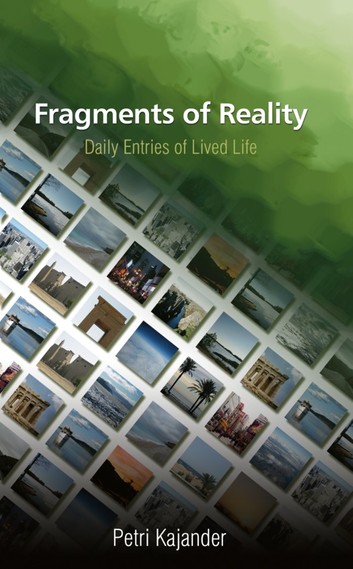Most of us are like TV sets. We receive information and repro-
duce it as it has been sent to us. Often, we just store things to
our memory and retract them when they are needed. The
reproduction, from the content perspective, is more or less the
same, but the quality may have been lowered in the process.
Watching and criticizing movies is easy. Coming up with a
creative script and vision is another case entirely. The same
applies to our thinking as well. We read and absorb vast
amounts of data that we do not analyze. Most of our so-called
education is based on recycling of information. One is taught
to find, memorize, and rephrase information. Individual
thinking and consideration are not highly appreciated or
encouraged. Still, everyone has the capabilities of developing
his or her own thinking.
Creative functions require concentration, will, and vision.
First one needs to be able to formulate a vision or goal and
then be able to materialize it into a physical form. Thinking is
like making a movie. It all starts from will and desire to
express yourself (e.g., a great storyline). This then has to be
formulated somehow into a structure that consists of the logic
and systematic setting (a script). Finally, one needs to be able
to realize the concept into a production where the final prod-
uct is a visible movie. All these stages take energy and persist-
ence: one gets better with practice.
Thinking is considered to be hard and nonnatural for
humans; therefore, it is a scarce resource. We are too lazy to
use our brain. It requires effort. Nevertheless, we appreciate
writers, composers, directors, painters, scientists, and all those
great minds who are able to create something beautiful and
innovative. All of us have different skills and talents. Creative
thinking can lead us to amazing discoveries. How about try-
ing? You may be surprised of the results: Cogito ergo sum.
This is the original text, and an edited version can be found in the Fragments of Reality -book.

